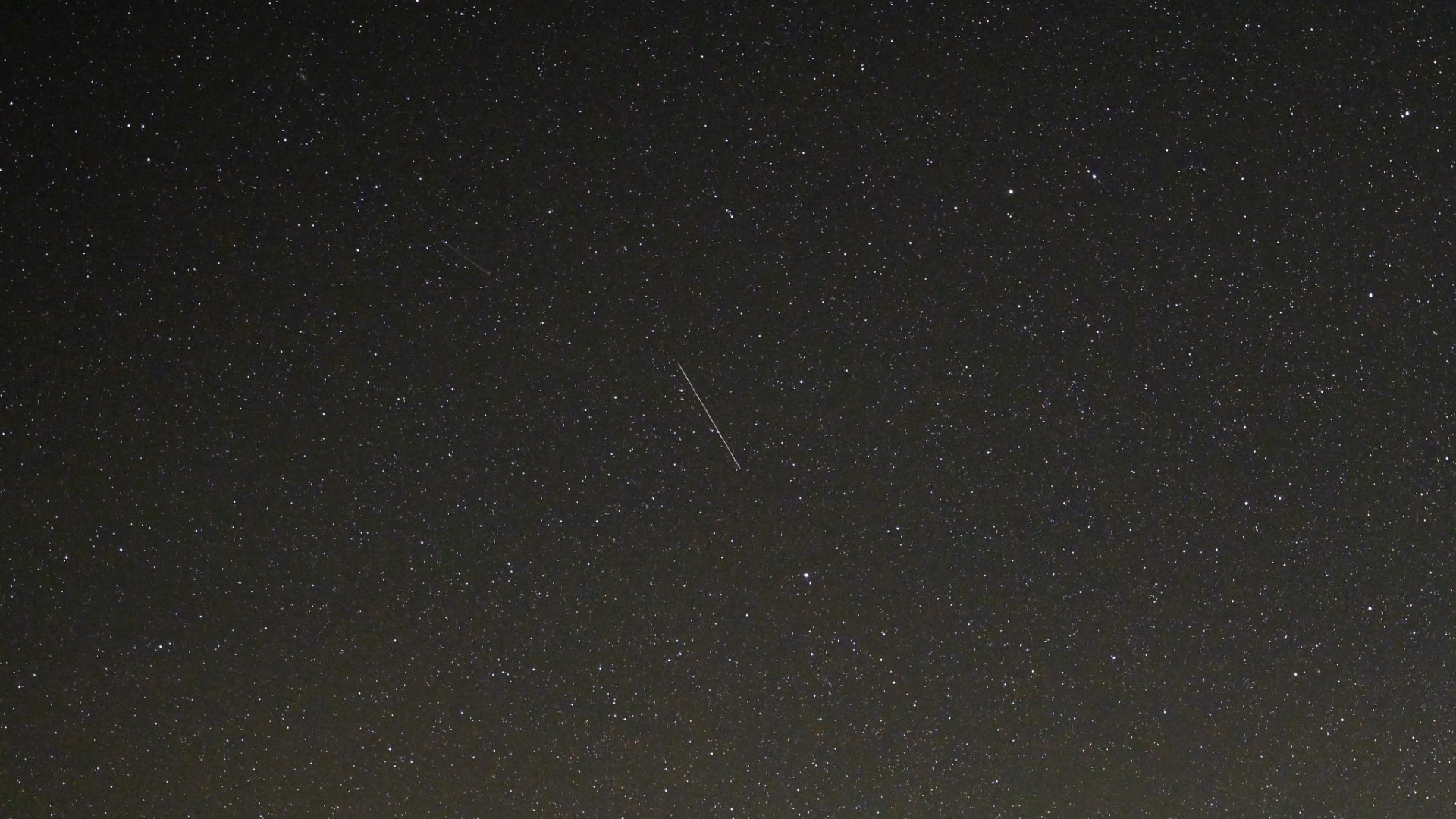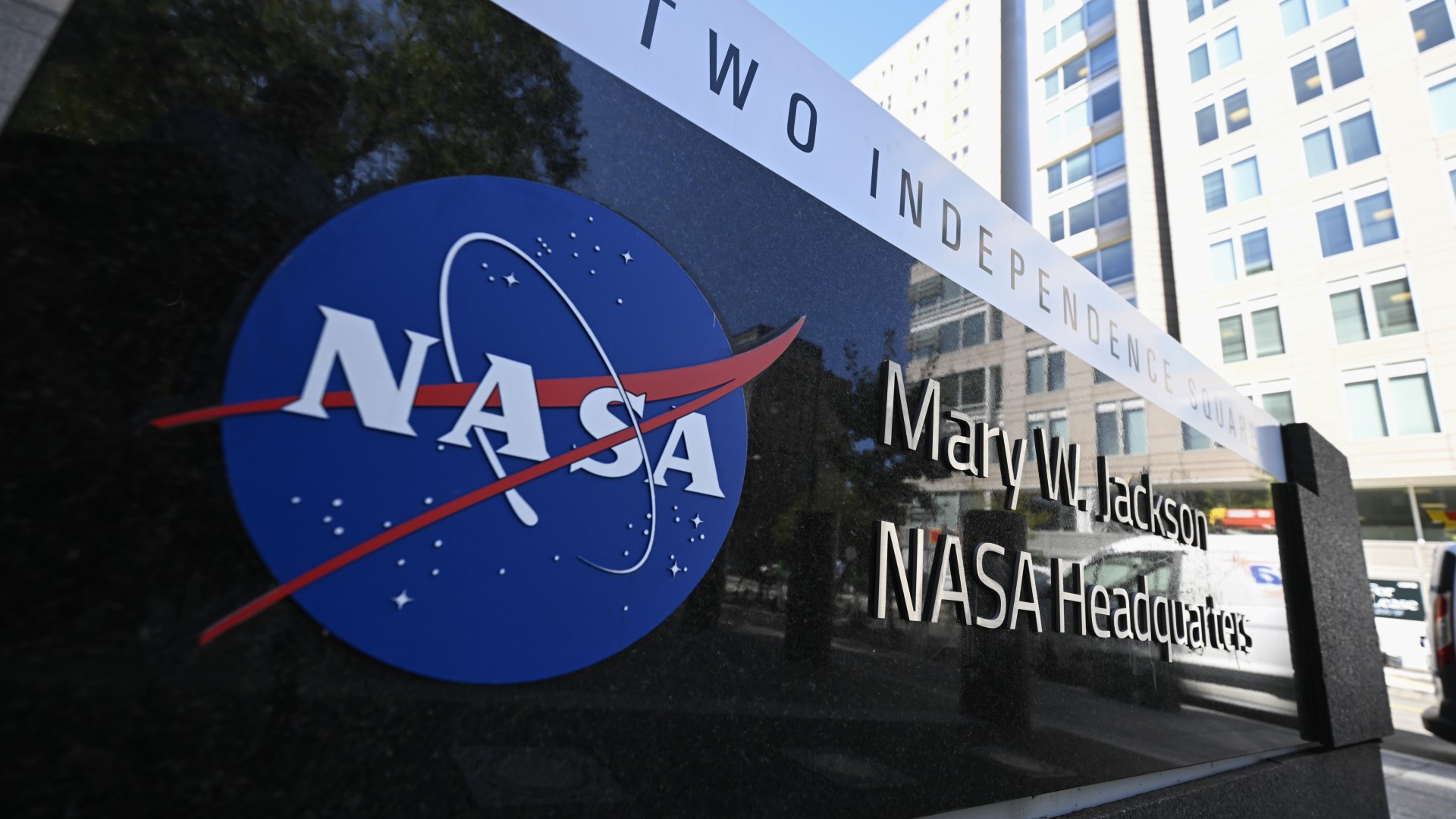Man's TV Triggers Satellite Rescue System, FCC Investigates
In that classic movie, "The Day the Earth Stood Still," the alien ambassador Klaatu demonstrates detailed knowledge of modern Earth history. How does he know all this, he is asked. "We've been monitoring your radio broadcasts for a good many years. That's how we learned your languages. Lately, we've been getting your television also," he said.
Klaatu's people must have been bemused earlier this week when they received a search-and-rescue signal from a Corvallis, Ore. man's flat-screen TV.
The U.S. Federal Communications Commission (FCC) was scheduled to begin conducting tests Oct. 22 to determine whether it was a malfunction in a single television set or a more systemic problem that caused the Toshiba-brand TV to trigger an international satellite search and rescue system.
The Oct. 4 incident involved polar orbiting satellites, which automatically relayed the distress call to a ground station.
"To my knowledge, this is the first time we have had a TV signal we have detected," said Sam Baker, chief of the U.S mission control center in Suitland., Md. for COSPAS-SARSAT, a 35-nation organization that oversees the global search and rescue system.
COSPAS is a Russian acronym for the words "Cosmicheskaya Sistyema Poiska Avariynich Sudov," meaning Space System for the Search of Vessels in Distress. SARSAT is an English acronym of Search and Rescue Satellite-Aided Tracking.
Concerned by the specter of modern TV sets possibly broadcasting such signals, the FCC, which polices the public airwaves, is testing offending TV set to determine whether the problem is systemic or unique to that set, Baker said.
Get the Space.com Newsletter
Breaking space news, the latest updates on rocket launches, skywatching events and more!
"We are potentially quite concerned with this," Bruce Romano, a spokesman for the FCC, said Oct. 21. "If this is an anomaly with just one TV, we won't be terribly concerned."
In a company statement, Toshiba America Consumer Products said it "has no recollection of any issues related to distress signal transmissions from any of its products. We have taken all the steps necessary to replace the product in question and we look forward to receiving the product from the consumer so we can do some further testing to determine if it was an issue with the TV or otherwise."
The company also said it "stringently follows all FCC requirements for the development and testing of its products."
Events like the TV signal triggering the COSPAS-SARSAT system are extremely rare, occurring two or three times a year, on average, according to Maj. Allan Knox, assistant director of operations at the Air Force Rescue Coordination Center at Langley Air Force Base, Va. Usually, they are caused by lightning strikes or, even more rarely, by badly-made equipment, he said.
"Over the years I've been here, we have chased signals to a variety of malfunctioning equipment, from garage door openers to one of the most interesting -- the University of Arkansas had a malfunctioning (Sony) Jumbotron (a giant television used at sporting arenas)." A malfunctioning capacitor caused "very serious interference" with the international SAR system, Knox said.
The Toshiba TV is probably a one-time event, Knox said. "In my experience these are generally flukes; something is malfunctioning." Beacons that have been accidentally switched on cause most false alarms, Knox said.
However, Baker said there also are reports of another TV broadcasting a SAR signal from Canada, "but I don't know what frequency it is on." The frequency is a critical issue. Of every 50 alerts received by the satellites, only one is a genuine call for help, according to the COSPAS-SARSAT Web site. It is the primary reason the frequency is being phased out by 2009, and all alerts will be broadcast on 406 MHz, which is digital. That system reduces false alerts to about one in 17.
If the beacon sending the signal has been properly registered, COSPAS- SARSAT or the rescue agency can make a telephone call to the beacon's owner to check whether the alert is genuine.
Also, Baker said the 121.5 MHz signals are extremely difficult to screen for anomalies, while the digital signals are much more easily analyzed to see if they are likely to be genuine broadcasts from a beacon.
The COSPAS-SARSAT Web site also says that with 406 MHz beacons, "the position of the distress can be relayed to rescue services more quickly, more reliably and with greater accuracy."
The signal from Chris van Rossmann's TV was routed by a polar orbiting satellite to the Air Force Rescue Center at Langley Air Force Base, Va. The rescue center alerted Oregon's Office of Emergency Management who sent a Washington-state Civil Air Patrol unit to check on the SAR signal. When they arrived, Knox said, they found a beacon sending out a SAR signal from a helicopter on top of a flatbed truck. But it wasn't the only signal, and the air patrol tracked the other signal to the Toshiba TV set.
Toshiba did give the Corvallis man a replacement set.
Join our Space Forums to keep talking space on the latest missions, night sky and more! And if you have a news tip, correction or comment, let us know at: community@space.com.

Colin Clark, the founding editor of Breaking Defense, also started DoDBuzz.com, the world’s first all-online defense news website, He covered Congress, intelligence and regulatory affairs for Space News; founded and edited the Washington Aerospace Briefing, a newsletter for the space industry; covered national security issues for Congressional Quarterly; and was editor of Defense News. Colin, an avid fisherman, grill genius and wine drinker, lives in his native Washington, D.C. but will eventually be relocating to Australia where he will report on Asia and Pacific defense matters for Breaking Defense.









